As Snowflake (SNOW) has gained in popularity and shattered records with it’s IPO in December, 2020 it got me thinking about snow forts (or snow caves as some people call them). Stick with me dear reader as the connection to Snowflake is interesting.
As a kid I have memories of building snow forts with my father and brothers. We had a few Sno-Brick Makers and would pack snow into bricks and build walls tall enough so we could not see over them. We’d build tunnels and stay outside for hours. These are very fond memories.
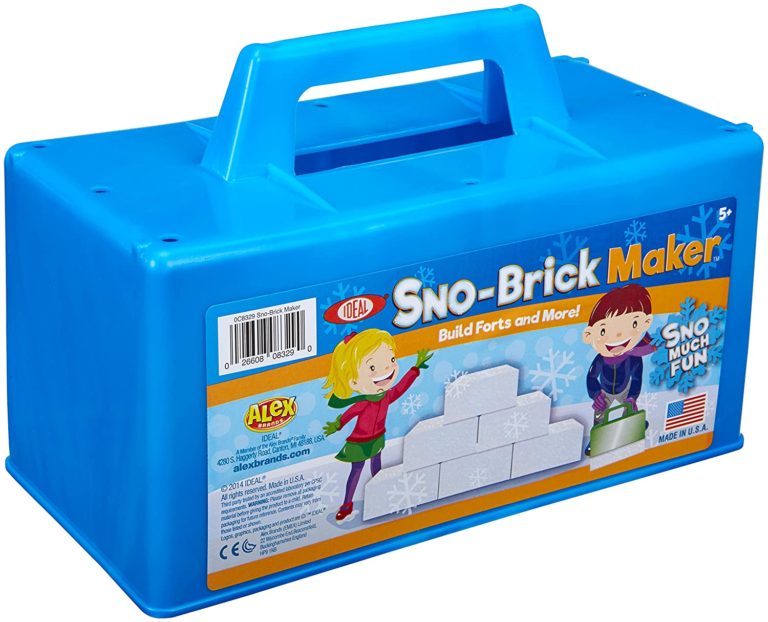
That’s at least how I remember it. Now, as an adult who has taken on an active role in snow fort construction during the winter months, I’ve come to realize that my father probably did most of the work back then. Building snow forts is hard and requires the right tools and capabilities.
This is where Snowflake comes in. Many of our clients are in the middle of digital transformation projects and the cloud and Snowflake specifically are at the center of many of these initiatives.
As a kid the tools I had a Sno-Brick Maker and a small plastic shovel. As an adult, I now have a snow blower, lots of shovels, garden edging tools and other various tools to make snow fort building easier. As I was crafting a recent snow fort I related how my methods have changed in similar ways to how our approach to building complex, data rich, customer environments has for my clients.
Building Snow Forts as an Adult
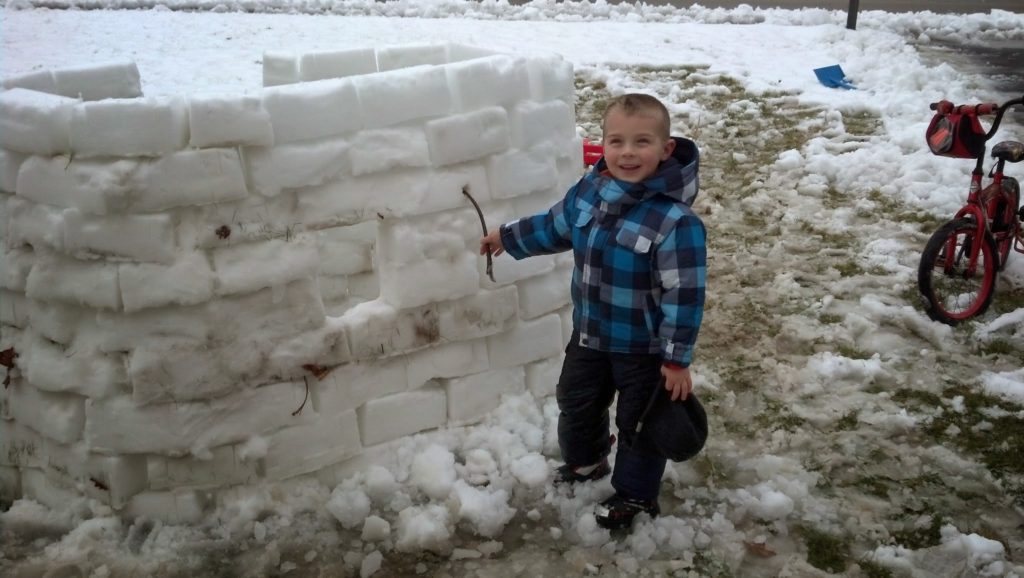
In my early days of ‘Adult’ snow fort construction I went back to my childhood memories of using the Sno-Brick maker approach. This method was very time consuming. While the igloo style fort may look cool it does not result in strong walls and just takes too much time to create.
Finding A Better Way
A few years (and a few kids) later I abandoned the Sno-Brick method and have adopted (or invented) the “Snow-Blower Method” of building snow forts. This method has a few simple steps:
- Move as much snow as possible into a huge pile with the snow blower, ideally while clearing the driveway.
- Carve out the inside with snow blower
- Carve out the rest using shovels or other sharp tools
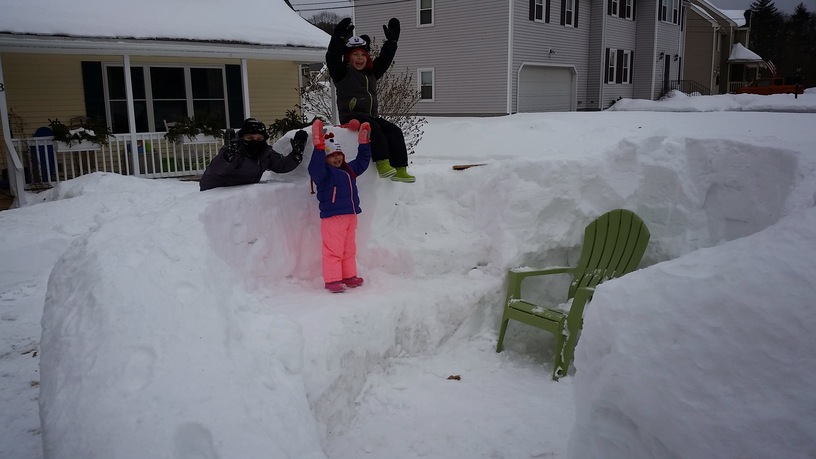
This method is far superior to the Sno-Brick method for several reasons:
- More with Less. The use of the snow blower is really the key to laying the foundation for a solid snow fort using this method. If done while clearing the driveway, consolidating as much snow as possible in one spot, more than half of your work is done.
- Longer Lasting. The walls of this type of snow fort end up being about two feet thick. This leads to a long lasting creation that will survive variable weather and even a rain storm or two.
- Versatility! The extra thick walls and my ability add large piles of snow to specific areas quickly make this design extremely versatile. The walls provide the perfect space for carving out snowball holders or creating snowslits for viewing your enemy or throwing snowballs through.
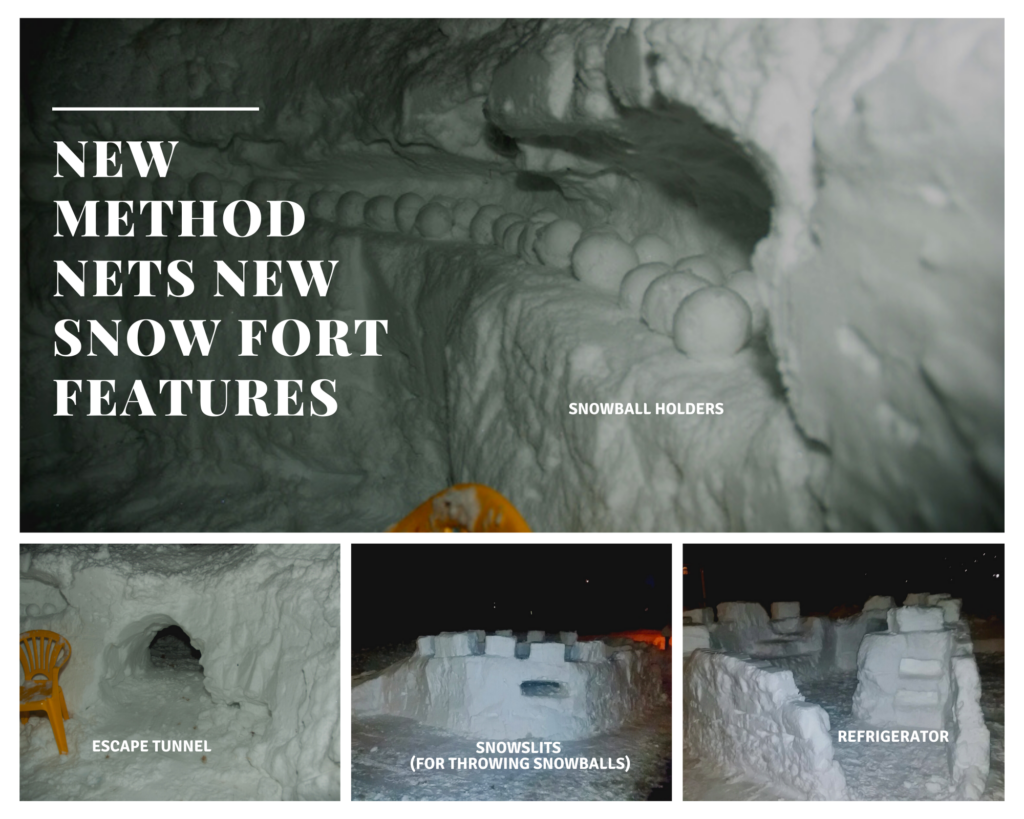
4. Multi-Purpose. Adults like snow forts just as much as kids! This new design lets us add adult-friendly features like couches, lounge chairs and refrigerators easily. In a recent snow fort we were able to re-purpose snowball holders into refrigeration units to hold a large stash of Treehouse beer. I even added lighting to create the perfect socially distant outdoor gathering spot.

5. If you are really looking to spice up your snow fort experience, add a fire pit to it! We recommend a Solo Stove for its portability, smokeless flame and it just looks cool in a snow fort (not a paid endorsement, but look for an upcoming post on Solo Stove and their meteoric rise recently).
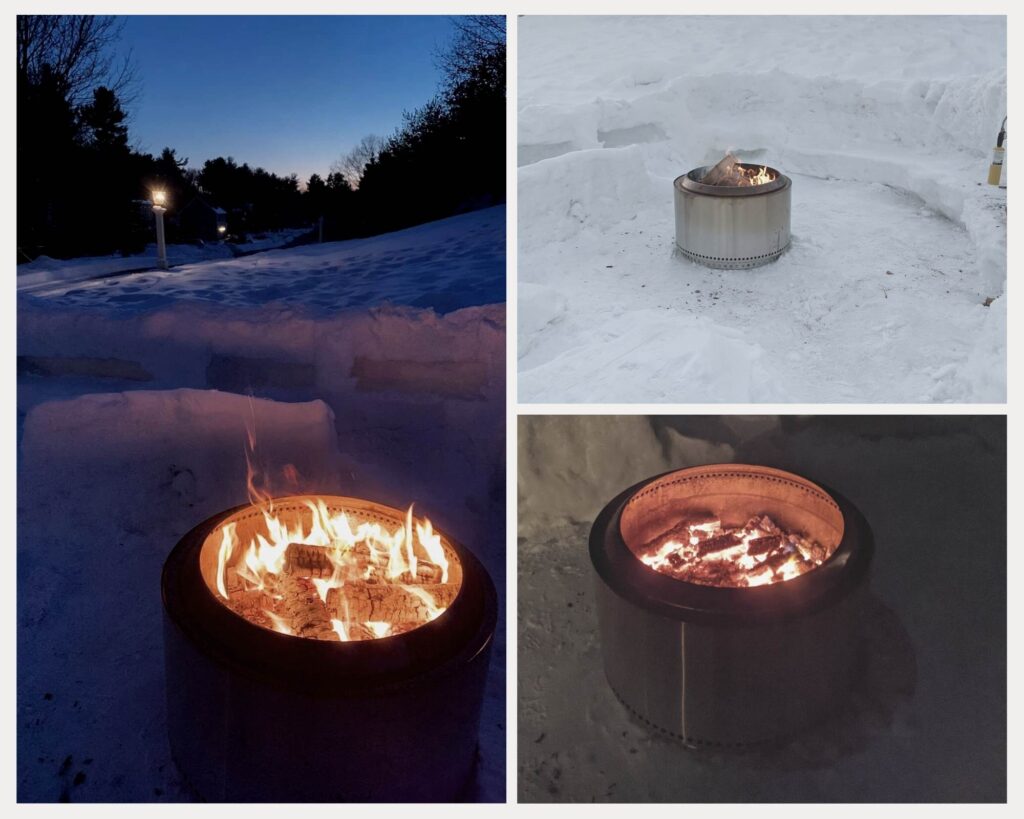
So, how does this have anything to do with Snowflake or other cloud computing services? Having the cloud to power our modern data platforms is like being an adult building snow forts and having snow blowers, ice picks and other tools at our disposal.
How Snow Forts Relate to Cloud Computing
In a 2019 interview at recode Andy Jassy, the soon to be CEO of Amazon, talked about why they thought AWS would be a good product:
“We felt like we were moving slower in our consumer business in delivering software than we wanted. When I went and spoke with a lot of the different product leaders they said ‘I know you guys think these projects should take 2-3 months end to end, We’re spending 2-3 months just on the storage or the compute or the databases and the analytics. Nothing we’re building scales beyond our own initiative and we’re all reinventing the same wheel.”
AWS was first discussed during a executive retreat in 2003 at Jeff Bezos’ house when Jassy and Bezos realized the infrastructure they needed internally was something all companies needed. Three years later in 2006 they launched Amazon Elastic Compute Cloud and the rest is history for AWS as they laid the foundation for the modern cloud.
I felt the same way the Amazon product teams felt. After an hour of Sno-Brick making we only had a basic start to the igloo. Many hours later we had in the early 2000’s when I was packing the Sno-Brick Maker as an adult building my kid a snow fort. It literally took hours to create enough bricks to form a basic igloo.
I knew there had to be a better way and to my delight, the tools I needed were sitting in my garage. I just had to repurpose them and learn a different way. Since adopting the snow-blower method my snow fort building has enabled me to create snow forts that the kids can actually use and more recently have been transformed into socially distant environments to get together with my friends and neighbors.
In the same way the cloud, including Snowflake and numerous other data platforms, provide the foundation allow us to build solutions for our clients faster, often cheaper and with more extensible. We commonly see the following benefits:
- Time to Value. In today’s environment we need to be able to deliver value in weeks not months. We use this term with our clients and are looking to get to value in shorter and shorter time periods.
- Multi-Purpose. As we help our clients deploy modern customer data architectures in the cloud we are always thinking about the next use case and making sure that the solution will scale to make sure adding features is easy.
- Sturdy & Resilient. Much like the thick walls of the modern day snow fort, the modern day data architectures can be massively scalable and when designed correctly, resilient.




